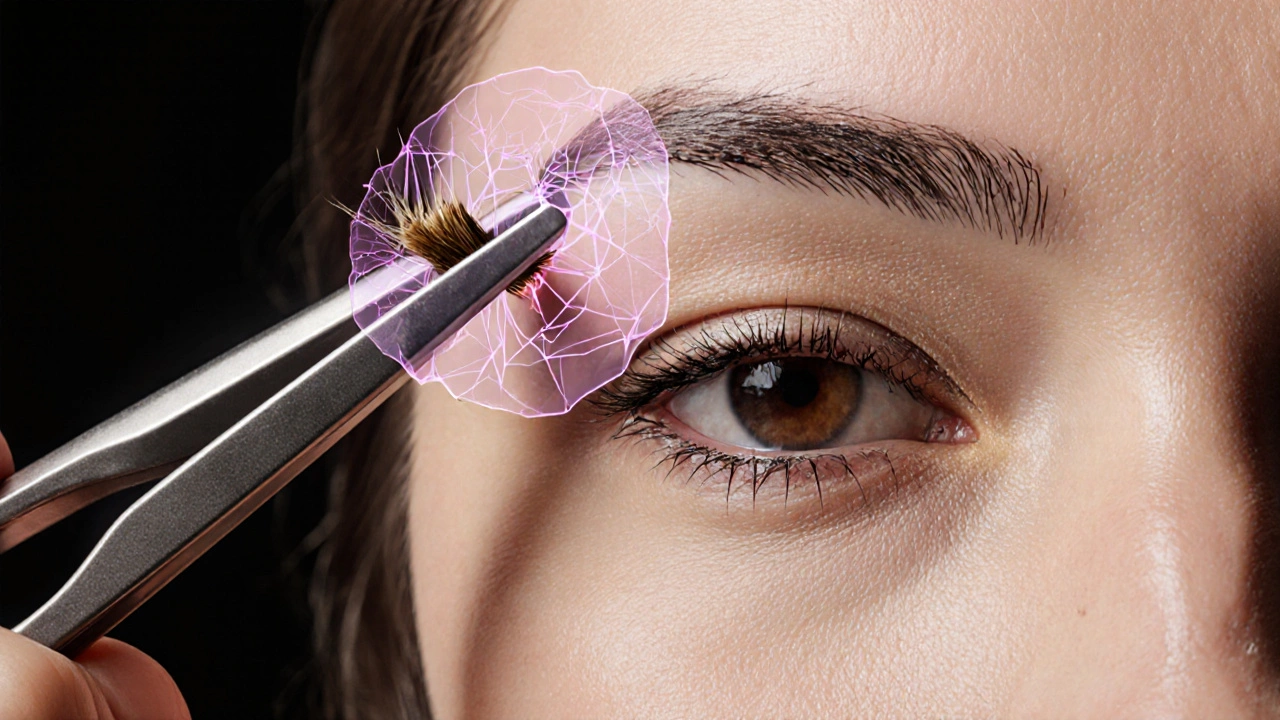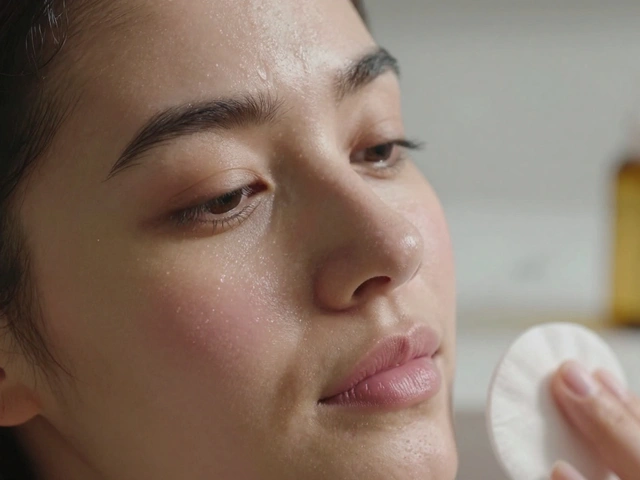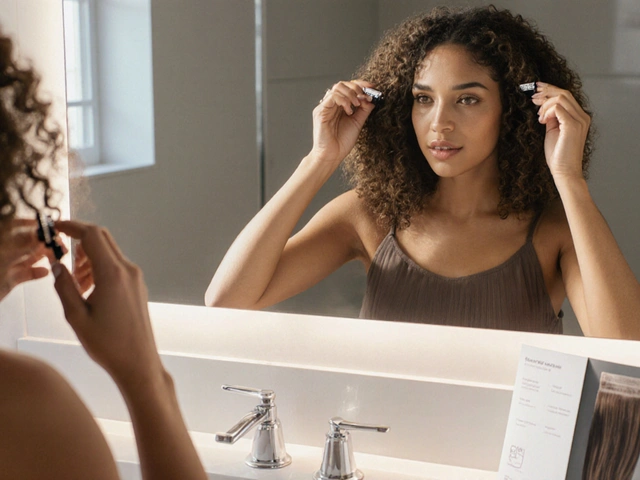Eyebrow Plucking Safety Calculator
Assess your plucking habits and identify potential risks based on medical guidelines from the article
Risk Assessment Factors
Your Risk Assessment
Key Findings:
Quick Takeaways
- Plucking eyebrows pulls hair from its follicle but does not directly affect the brain.
- The skin around the brow is served by peripheral nerves that can become irritated.
- Repeated aggressive plucking may cause inflammation, infection, or temporary nerve sensitivity.
- Following gentle techniques and proper hygiene keeps risks minimal.
- If you notice persistent pain, numbness, or swelling, see a dermatologist or neurologist.
When you grab a pair of tweezers, eyebrow plucking the act of pulling individual eyebrow hairs from the follicle feels quick, but what does it do to the nerves underneath? The short answer: it doesn’t yank anything out of the brain, but it can irritate the tiny nerves that live just under the skin. Let’s break down how those nerves work, what science says about any brain‑related danger, and how to pluck safely.
How Plucking Actually Works
Every eyebrow hair grows out of a hair follicle a small tube-like structure anchored in the dermis that produces the hair shaft. When you squeeze the tweezers, you apply a brief, focused force that pulls the hair shaft up through the follicle and out of the skin. The follicle itself stays in place-only the dead keratinous strand is removed.
Because the follicle is surrounded by a network of peripheral nerves thin fibers that transmit sensations like touch, pain, and temperature from the skin to the spinal cord, the pulling sensation is picked up as a sharp tug. Most people feel a fleeting sting that disappears in a second.
What the Nerves Around Your Brow Look Like
The eyebrows sit in a region dominated by the trigeminal nerve the fifth cranial nerve that provides sensation to the face and controls muscles for chewing. Specifically, the ophthalmic branch (V1) sends tiny sensory fibers to the forehead and eyebrow area. These fibers end in small nerve endings called nociceptors, which are responsible for the pain you feel when a hair is ripped out.
Importantly, these nerve endings stop at the skin and dermis. They never reach the central nervous system (the brain or spinal cord) in a way that could be “damaged” by a simple tug. The signal travels along the peripheral nerve, reaches the trigeminal ganglion, and then is relayed to the brain for interpretation.
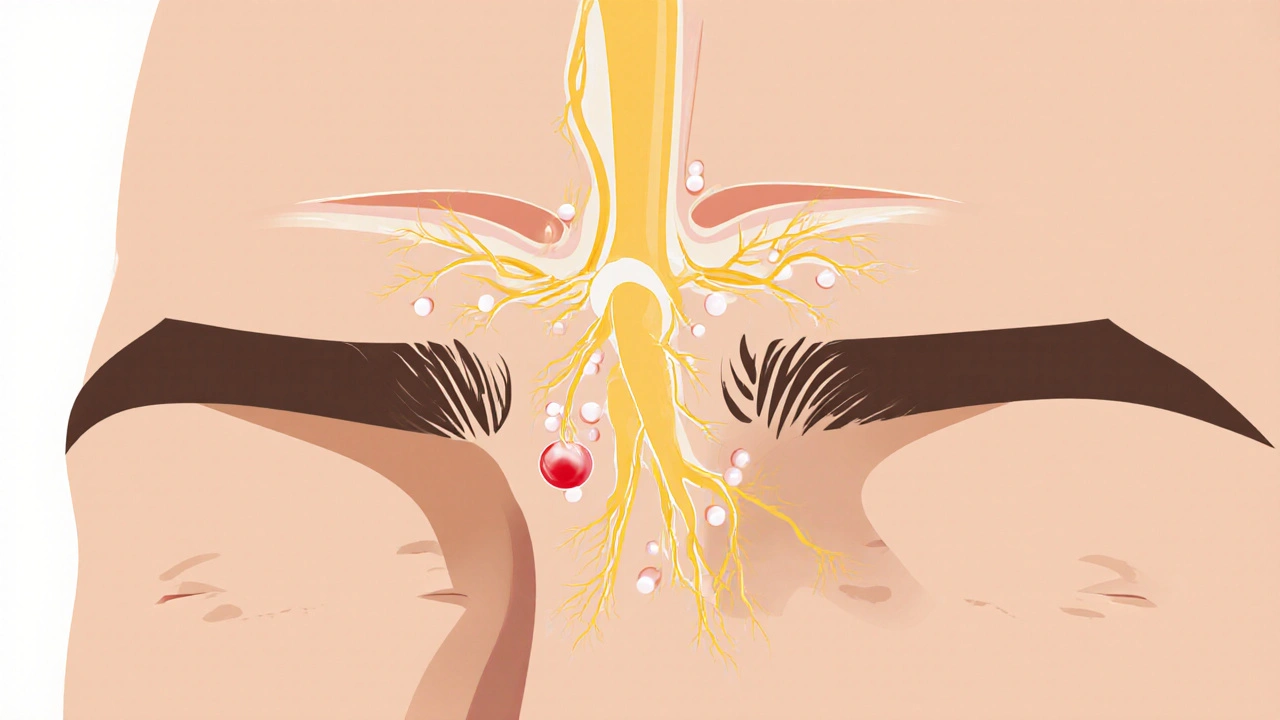
Does Plucking Pose Any Real Threat to the Brain?
Multiple studies from dermatology and neurology journals have examined facial hair removal methods. None have found a direct link between eyebrow plucking and brain injury. The brain is protected by the skull, meninges, and the blood‑brain barrier-none of which are affected by a surface‑level pull.
What researchers *do* note are secondary effects that could indirectly affect brain health if left unchecked:
- Inflammation: Repeated trauma can cause chronic low‑grade inflammation in the skin. Persistent inflammation has been linked to systemic effects, but the level created by occasional plucking is negligible.
- Infection: If tweezers aren’t clean, bacteria can enter the follicle, leading to an abscess. An untreated facial infection can, in rare cases, spread to the sinus or even the brain (a condition called cavernous sinus thrombosis). This is extremely uncommon and usually tied to severe neglect.
- Neuropathy: Aggressive, frequent plucking over years may desensitize the tiny nerve endings, causing temporary numbness or tingling. This is a peripheral issue, not a central brain problem.
In short, the brain itself stays safe; the real concerns are localized to the skin and peripheral nerves.
Risks and Side Effects You Should Watch For
| Risk | Typical Signs | Severity |
|---|---|---|
| Minor irritation | Redness, brief sting | Low |
| Follicle inflammation (folliculitis) | Small bumps, warmth | Medium |
| Infection | Pus, swelling, pain lasting >48hrs | High (requires medical care) |
| Temporary nerve sensitivity | Numbness, tingling after multiple sessions | Low‑Medium |
| Hair mis‑growth (ingrown hairs) | Dark spots, tiny raised lesions | Low‑Medium |
Most of these issues resolve on their own within a day or two. The key is to keep the practice clean and gentle.
Best‑Practice Tips for Gentle, Safe Plucking
- Sanitize your tools. Wipe tweezers with alcohol before each use.
- Pluck after a warm shower. Heat softens the hair shaft and opens the follicle, reducing force needed.
- Pull in the direction of growth. This lessens trauma to the surrounding tissue.
- Limit sessions. Avoid plucking the same spot more than once a week to give nerves time to recover.
- Moisturize afterward. A light, non‑comedogenic lotion calms inflammation.
- Watch for warning signs. Persistent redness, swelling, or pain beyond 48hours should prompt a visit to a dermatologist.
Following these steps keeps the experience painless and the risk of any deeper issue-like infection that could theoretically spread-practically nil.
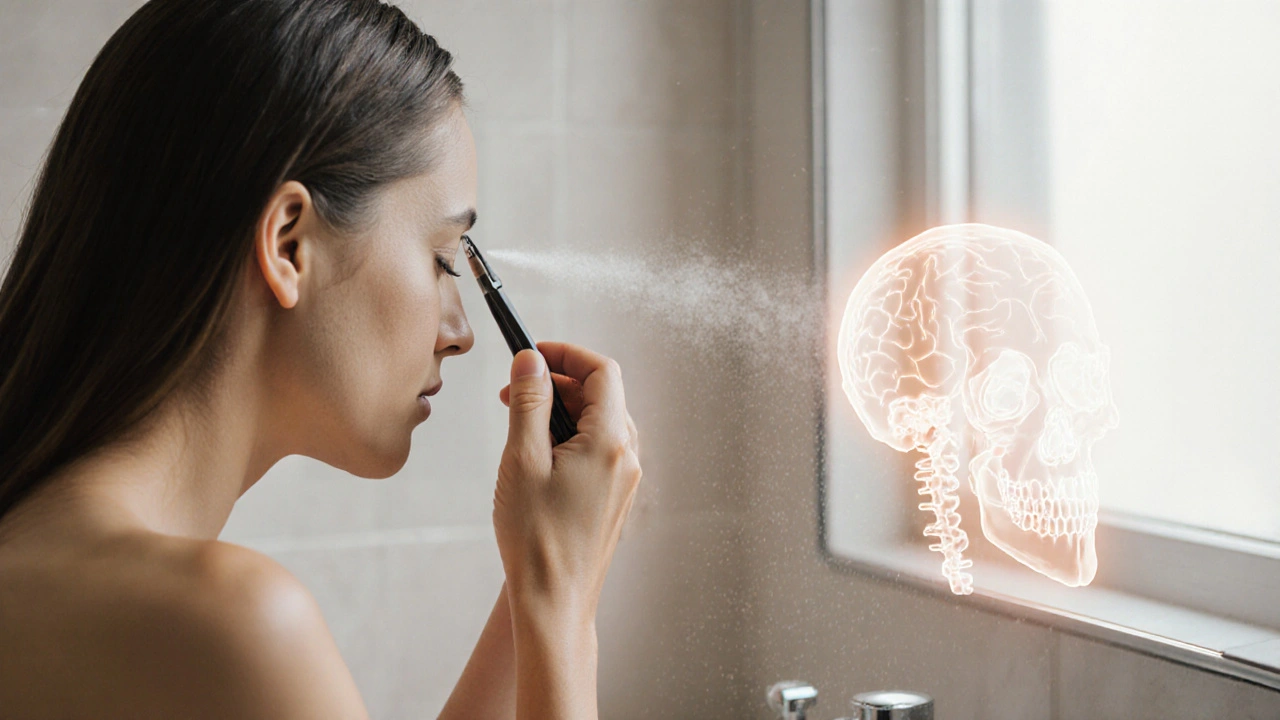
When to Seek Professional Help
If you notice any of the following, schedule an appointment:
- Swelling that doesn’t improve after 48hours.
- Pus or foul odor indicating infection.
- Persistent numbness or tingling lasting more than a week.
- Unexplained intense headaches that seem linked to plucking (rare, but worth checking).
Both dermatology the medical specialty focused on skin, hair, and nails and neurology the branch of medicine dealing with disorders of the nervous system can evaluate the issue and prescribe topical antibiotics or, in rare cases, a short course of oral medication.
Bottom Line
In everyday terms, eyebrow plucking is safe for your brain. The nerves involved are peripheral, and the brain stays fully protected behind bone and tissue. The main things to watch are skin‑level irritation, infection, and temporary nerve sensitivity. Keep your tweezers clean, give your brows a break between sessions, and treat any redness promptly, and you’ll enjoy tidy brows without brain worries.
Frequently Asked Questions
Can plucking eyebrows cause permanent hair loss?
Occasionally, aggressive plucking can damage the hair matrix, leading to thinner patches. However, permanent loss is rare and usually only happens after repeated trauma over many years.
Is there a difference between plucking and waxing for the brain?
Both methods pull hair from the follicle, so the nerve reaction is similar. Waxing removes a larger area at once, which can cause more widespread inflammation, but neither method reaches the brain.
Should I avoid plucking if I have migraines?
A small amount of facial pain isn’t known to trigger migraines. If you notice a pattern where plucking seems to precede a migraine, try a gentler technique or give the area extra rest.
How can I tell if an infected follicle needs a doctor?
Look for increasing redness, swelling, warmth, and pus that lasts beyond two days, or a fever. Those signs indicate a bacterial infection that benefits from professional treatment.
Is there a safer alternative to plucking?
Waxing, threading, or using a brow‑shaping brush can achieve a clean look with less repeated trauma. Some people also opt for micro‑blading, which creates a semi‑permanent effect without daily pulling.

